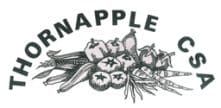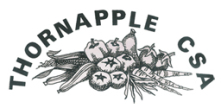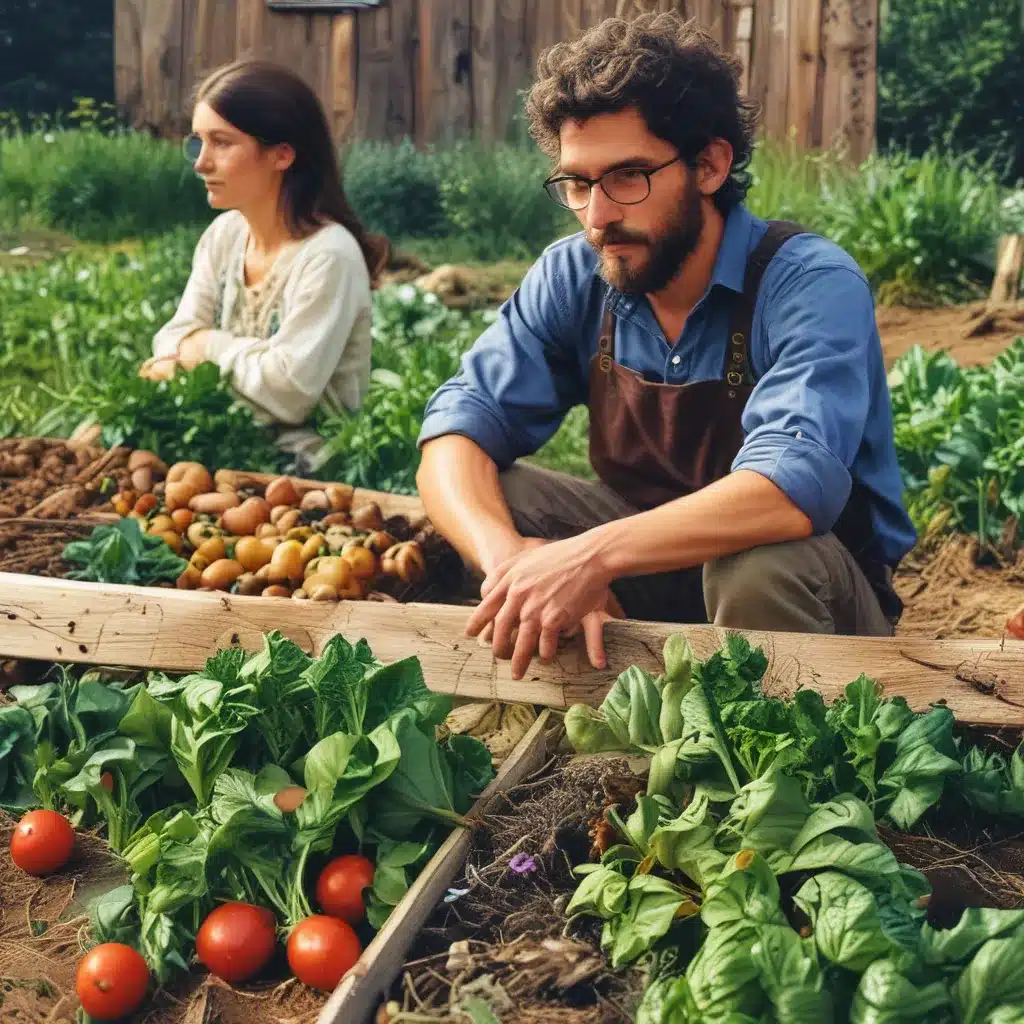
The Evolution of Farming: From Primitive to Precision
Farming has come a long way since its inception over 12,000 years ago. From basic hand tools to advanced machinery, the evolution of farming technologies has dramatically increased productivity and efficiency. At Thornapple Farm, we utilize the latest equipment and techniques to nurture our lush fields. In this article, I’ll provide an in-depth overview of the essential tools and innovations powering modern agriculture.
For centuries, rudimentary implements like the hoe, sickle, and plow were the mainstays of agriculture. Farmers toiled manually in the fields, using brute strength to till, sow, weed, and harvest crops. Productivity was low and labor-intensive. The 18th century ushered in more advanced tools like the seed drill and mechanical reaper, which laid the foundations for mechanized farming. But the real transformation occurred in the early 20th century with the advent of the tractor and widespread electrification. As farming machinery became more powerful and sophisticated, tasks that once required days of backbreaking work could be completed in hours.
The world’s population is estimated to reach 10 billion by 2050. Feeding this booming population in a sustainable manner is a huge challenge. This is where modern agriculture steps in. By adopting innovative techniques, Thornapple Farm and farms worldwide aim to embrace the future of farming. Embracing modern technology has allowed Thornapple Farm to scale up production and thrive economically while practicing responsible farming.
Precision Soil Preparation: The Foundation for Healthy Crops
To appreciate the transformative impact of modern agricultural equipment, let’s compare traditional and modern techniques. In a nutshell, mechanization and technology have enabled farmers to work faster and smarter, increasing yields while reducing labor. Leveraging such advancements lays the foundation for Thornapple Farm’s prosperous operations.
The preparation of land for sowing seeds is one of the most critical steps in agriculture. Good soil preparation provides the crop with the perfect environment to thrive. At Thornapple Farm, we utilize the latest implements to enrich our soil.
As the first step, soil is loosened and turned using a plow. This aerates the soil, uproots weeds, and mixes crop residue into the top layer. Harrowing further breaks up soil clumps and creates a smooth seedbed. Proper drainage channels may also be needed.
At Thornapple Farm, we use precision techniques like GPS-guided laser-leveling to flatten fields for uniform irrigation. Minimum tillage and zonal tillage optimize the soil preparation process. Tools like the eco-plow even allow reduced tilling. Proper soil preparation sets the stage for our healthy crops by enhancing soil structure, removing weeds, enabling proper seed planting, and facilitating root development as well as moisture retention.
Powering Precision: Plows, Rotavators, and Seed Drills
Plowing is vital to prepare soil for farming. Beyond just turning the earth, plows enhance soil aeration, mix crop residues, and enable weed control. Modern plows are far more advanced than their rudimentary wooden or iron predecessors. The most common types are moldboard, chisel, disc, and eco-plows, each with specific applications.
At Thornapple Farm, our new Holland tractor-mounted plows help us achieve higher efficiency by harnessing the power of our tractors. The 3-point linkage system enables stable attachment and hydraulic lift for precision control. Key enhancements in modern plows include adjustable furrow width, depth control, and drag chains for improved soil inversion.
Rotavators play an invaluable role in mixing and pulverizing soil to refine the seedbed before sowing. Our tractor-powered rotavator helps create ideal germination conditions by thoroughly breaking up clumps and mixing the soil.
Planting seeds at controlled depths and spacing is crucial for optimal germination and plant growth. The seed drill has transformed crop establishment, allowing uniform, quick planting in straight rows at the desired density. Our new no-till air seeder drill has been invaluable, enabling us to seamlessly plant hundreds of acres while eliminating plowing.
Precision Irrigation: Leveraging Smart Water Management
Water is vital for crop growth. In an increasingly hotter and drier world, the provision of sufficient water at the right time through irrigation is crucial. Thornapple Farm has extensively leveraged technology to adopt smart irrigation best suited to crop needs.
Reliable, adequately powered pumps drive our flexible irrigation system, giving crops the water they need when they need it. We use drip irrigation extensively, as it has emerged as an efficient method of providing water directly to plant roots. With water savings of 30-70%, drip irrigation plays a key role in the efficient agricultural systems at Thornapple Farm.
We also utilize central pivot sprinkler systems, which efficiently cover entire fields uniformly. Recent innovations like GPS-guided remote control and variable frequency drives allow us to fine-tune application along the length to match soil needs. With their rain-like application, sprinklers are ideal for gently nourishing our vegetables and orchard crops.
To optimize irrigation, we rely on soil moisture sensors, which serve as the intelligent eyes guiding our data-driven irrigation decisions. Wireless connectivity enables remote sensor data monitoring through mobile apps, enhancing affordability and ease-of-use.
Balanced Nutrition: Customized Fertilization for Thriving Crops
Enriching soil with essential nutrients is vital for optimal plant growth and yield. Through modern application tools, we provide balanced fertilization customized to crop needs here at Thornapple Farm. We first analyze soil to determine existing nutrient levels using test kits, identifying any deficiencies needing correction.
Our automated spreaders achieve even fertilizer distribution with precision across fields. Granular fertilizer is loaded into the hopper, and as a ground wheel turns, it powers a metering system that drops a controlled quantity of fertilizer on the spinning spreader plate at set intervals.
Liquid fertilizers offer unique benefits, and our advanced spray systems allow us to leverage them for foliar uptake and soil enrichment. Fertilizer is loaded into tanks and pumped through hoses and nozzles at controlled pressure, enabling even coating of wide swaths of the field.
Integrated Pest Management: Protecting Crops with Precision
Despite the idyllic farm setting, pests pose a constant threat to crop health and yields. We leverage modern tools and techniques for reliable pest control at Thornapple Farm. Our technologically advanced sprayers enable responsible usage of pesticides when other options fall short.
Powered by electric, gas, or battery motors, our sprayers use pumps to deliver pesticide diluted with water through hoses and nozzles that atomize the mix into a directed spray. We carefully calibrate them to minimize environmental impact while effectively protecting our crops from yield-destroying pest attacks.
Beyond synthetic chemicals, we increasingly adopt biological pest management, leveraging nature’s defenses. Through strategies like intercropping with pest-repelling plants, we are working to create a self-regulating farm ecosystem where nature itself keeps pests under control.
Vigilant monitoring of fields is crucial for early diagnosis of pest or disease problems, enabling rapid response to protect crops. We use cutting-edge tools like drones, satellite imagery, and wireless sensors to maintain a constant watch over our fields, complementing manual scouting.
The Eyes in the Sky: Drones and Satellite Imaging
Drones have opened up new possibilities for efficient data gathering and surveillance in agriculture. We routinely fly these unmanned aerial vehicles (UAVs) above our fields, leveraging their ability to capture high-resolution imagery that reveals crop issues even before visible symptoms appear.
Satellite systems like Planet Labs allow us to gather valuable crop data through remote sensing. Satellites use spectral cameras to capture imagery in visible and infrared wavelengths, revealing insights into crop health and growth patterns. By complementing ground and drone-based monitoring, satellite systems grant us valuable macro-level insights into the development of crops here at Thornapple Farm.
Harvesting Efficiency: Modern Combines and Threshers
The arrival of harvest season brings great anticipation along with the need for efficient, timely reaping of crops. With modern harvesting machinery, we are able to collect our bountiful yields at their peak. Specialized harvesters handle these tasks mechanically in a single pass, replacing dozens of workers with hand tools.
Combine harvesters efficiently combine multiple harvesting operations in one machine, saving us immense time and labor. As the combine rolls through the field, maturing crops are cut, threshed, separated, and cleanly collected with tremendous productivity. Our new modern John Deere model enables us to gather our wheat efficiently at just the right timing.
Beyond grains, threshers allow us to efficiently extract peas, beans, and oilseeds from their pods and husks after harvesting the crop. Our new tractor-powered thresher has been a revelation for pulse and oilseed processing, turning a painstaking task into a streamlined mechanized process.
Preserving the Harvest: Silos, Cold Rooms, and Transport Solutions
After harvest comes the equally critical task of proper storage and preservation to avoid spoilage before distribution. We utilize advanced storage infrastructure here at Thornapple Farm to ensure well-preserved harvests that allow us to meet year-round demand.
Towering cylindrical silos provide efficient bulk storage and protection for harvested grains. We rely on these icons of the countryside to safely store produce, utilizing oxygen-limiting silos for long-term storage where oxygen is displaced by nitrogen injection to suppress pest activity and respiration.
For perishable produce, cold temperature control is essential. Our high-tech cold rooms and chambers maintain optimal conditions, helping retain the freshness and nutritional value of crops like berries, prolonging marketability.
To get freshly harvested produce from our farm to consumers, we rely on modern equipment tailored to preserving quality en route. Specialized refrigerated trucks and trailers ensure our nutritious crops maintain the highest standards of freshness and food safety.
The Tractor: The Backbone of Modern Farming
No piece of farming equipment has had a more transformative impact than the tractor. These stalwart vehicles are the anchor of all tasks at Thornapple Farm. From compact utility models to 400 HP 4WD behemoths, tractors are available to suit all scales and tasks. Our 90 HP models handle plowing, hauling, and a vast range of specialized implements that maximize flexibility and productivity across the farm.
Recent tractor advancements like GPS guidance, auto-steer, and ISOBUS allow precision control, while safety enhancements like rollover bars and operator-presence sensors provide peace of mind. Hybrid models even offer fuel efficiency. It’s no exaggeration to say that without tractors, modern agriculture would grind to a halt. They are the workhorses driving productivity on farms like ours.
Embracing Sustainability: Regenerative Practices and Renewable Energy
With growing consciousness about environmental impact, sustainable techniques that protect the planet are imperative. At Thornapple Farm, we are transitioning towards regenerative agriculture, integrating practices like pest management, conservation tillage, and agroforestry to sustain both our farm and the planet for the long-term.
We are also leveraging renewable energy solutions to power our operations. Our solar-powered equipment allows us to tap into the abundant energy of the sun, while we are evaluating wind power systems to harness this zero-emission source. By assessing optimal siting and sizing options, we hope to cost-effectively incorporate renewable energy into our sustainable farming mix.
Innovative methods like hydroponics, aquaponics, and vertical farming are also part of our experimentation at Thornapple Farm. These cutting-edge techniques enable efficient production of crops and fish while minimizing resource use and environmental impact.
Nurturing Healthy Soils: The Foundation for Thriving Farms
Healthy soils provide the foundation for thriving plants and sustainable agriculture. At Thornapple Farm, improving soil quality is an overriding priority. We utilize a range of practices, from organic matter additions and cover cropping to minimizing tillage and applying targeted composts and vermicast, to holistically nurture the long-term health of our soils.
Soil testing kits allow us to easily analyze critical parameters like nutrient levels, pH, and microbial activity. With the insight these tests provide, we are better able to target enhancement practices that address specific deficiencies and imbalances, ensuring our fields remain productive year after year.
We are also taking steps to transition parts of Thornapple Farm to certified organic production, avoiding synthetic chemicals through alternative practices that sustain soil and ecosystems. While involving greater planning, diligence, and costs, this approach validates our commitment to environmentally responsible and ethical growing practices.
Cultivating Community and the Next Generation
Community farming fosters togetherness and education around agriculture, an initiative we support through school gardens and public events. By welcoming the community to experience the farm, we hope to nurture shared understanding and investment in the future of farming.
The Community Supported Agriculture (CSA) model provides a direct link between farms like ours and consumers, a mutually beneficial relationship. Our CSA members receive a weekly box of fresh, seasonal produce while forging connections with the land and the hands that nourish it.
Fostering passionate, skilled talent is crucial to secure a bright future for agriculture. We participate in educational initiatives, from internships and apprenticeships to farm tours, to share knowledge and spark interest in the next generation of farmers. By revealing the incredible thought and care that goes into raising food, these programs help build understanding between agriculture and the public it serves.
Embracing the Future: Technology, Innovation, and Sustainability
Complex recordkeeping and planning tasks become more manageable with customized farm management software. We have implemented platforms like FarmLogs to streamline organization, optimizing management while expanding sustainably.
Smartphones and the Internet of Things (IoT) are also transforming farm operations, empowering us with apps and sensors that provide valuable data in the field. By enabling comprehensive real-time visibility and data-driven decision optimization, these technologies represent the future for tech-savvy farms like Thornapple.
While challenges like climate change, water scarcity, and labor shortages remain, the future of farming holds immense promise. Through collaborative efforts and a commitment to innovation, we can address these interrelated obstacles, adapting to secure a thriving, sustainable agricultural future.
At Thornapple Farm, we strive to leverage science and best practices – both ancient and cutting-edge – to grow abundant, nutritious food profitably while regenerating the land. By embracing modern technologies and ecological techniques, we aim to flourish as a farm while contributing to a just and sustainable future for all. The seeds of that future lie within reach, promising a bountiful harvest through partnership, innovation, and care for the land.



